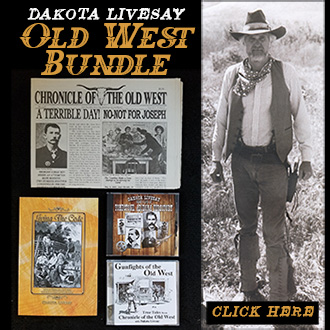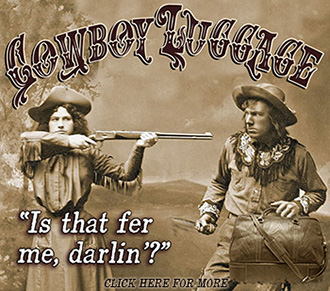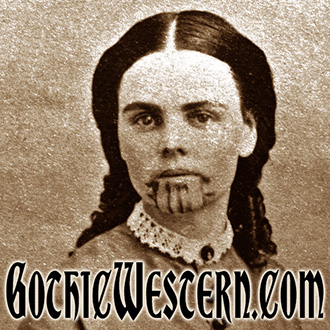Indians and the Dawes Severalty Act of 1887
 By the late 1880’s most Indians were living on reservations. The reservations were under tribal ownership, with a communal style of control and use. Since it was the custom of white people to desire individual ownership of land and since many people felt that land ownership promoted industriousness, it was decided that the tribal ownership concept should be changed.
By the late 1880’s most Indians were living on reservations. The reservations were under tribal ownership, with a communal style of control and use. Since it was the custom of white people to desire individual ownership of land and since many people felt that land ownership promoted industriousness, it was decided that the tribal ownership concept should be changed.So, on February 8, 1887, the Dawes Severalty Act was passed. It gave the government the power to divide Indian reservations into privately owned plots. Men with families would receive 160 acres, single adult men got 60 acres, and boys received 40 acres. Women received nothing.
Except for women receiving nothing, it sounds like a pretty good deal, right? There were two problems. First, Indian culture was such that land, like air and sunlight wasn’t something that individuals owned. But the even greater problem was that it was a thinly veiled attempt by the government to take reservation land out of the hands of the Indians. For once the allotments were divided among the eligible Indians there were 86 million acres of land, or 62 percent of their holdings, left over. This land was available to be sold to anyone.
Even though friends of the Indians supported the act, it never produced the desired effect of assimilating Indians into white culture. In addition to the loss of lands, the Indians lost tribal bargaining power, and resentment developed that the government was trying to destroy traditional cultures.
Few people felt the Severalty Act was accomplishing its purpose, but it continued as law for forty years. Finally, in 1934, the Wheeler-Howard Act was passed that ended further transfer of lands from Indian hands, and made possible communal ownership to any tribe desiring it.





Leave a Reply